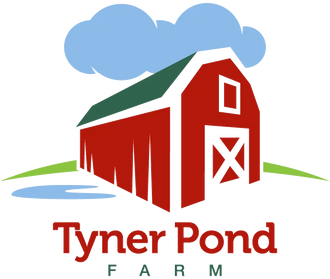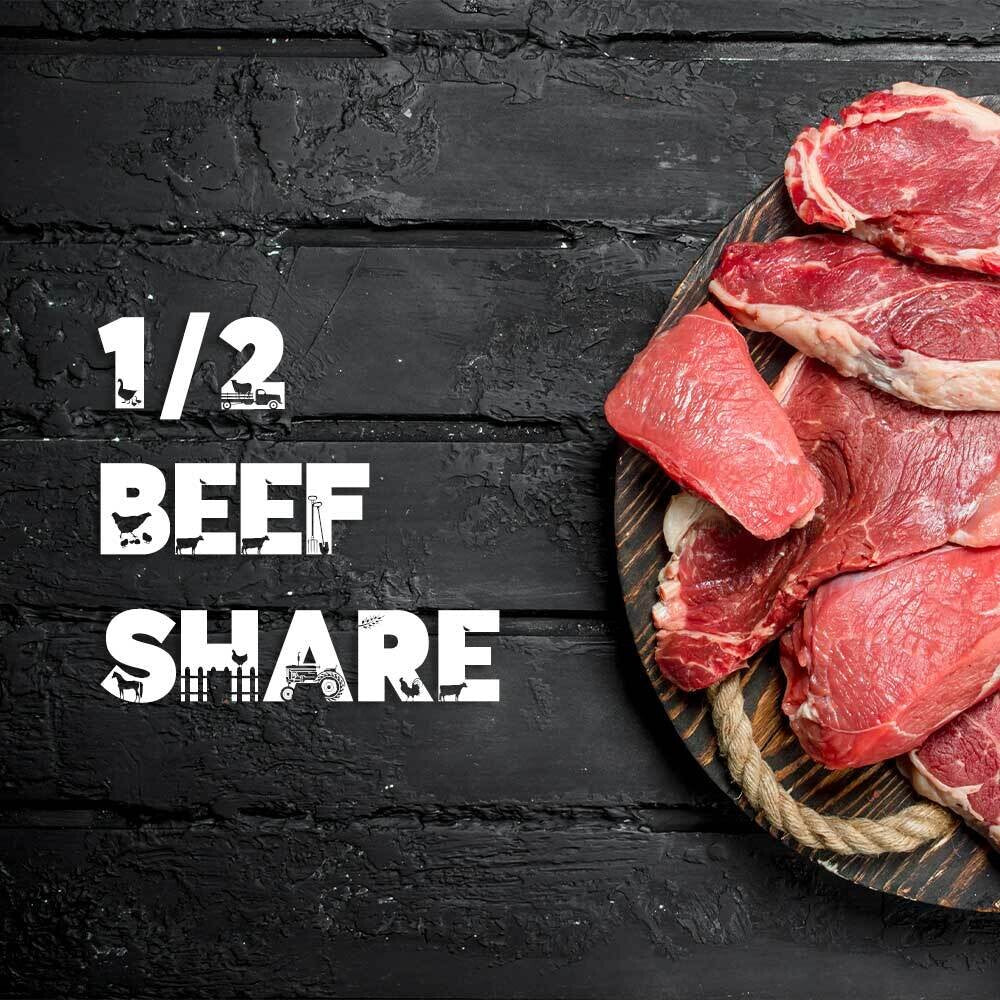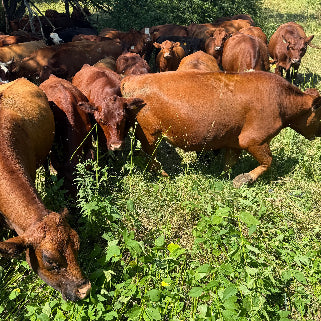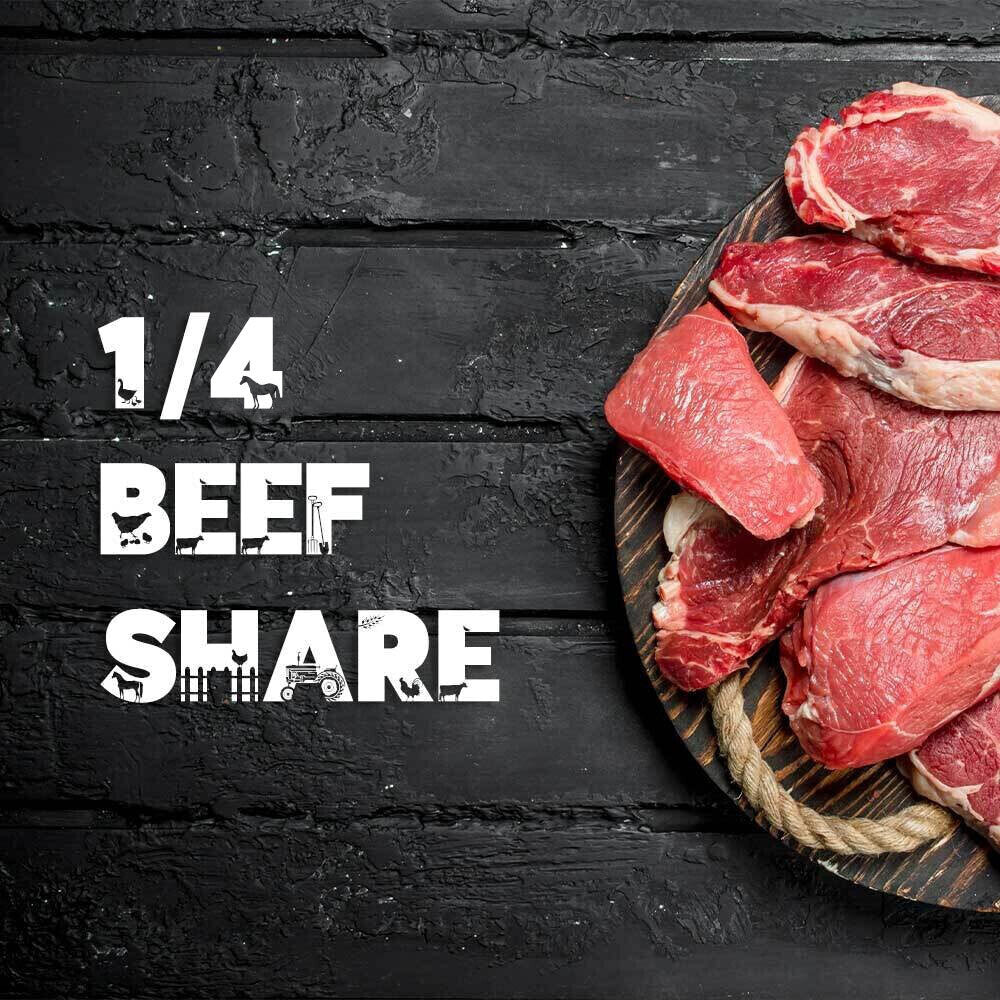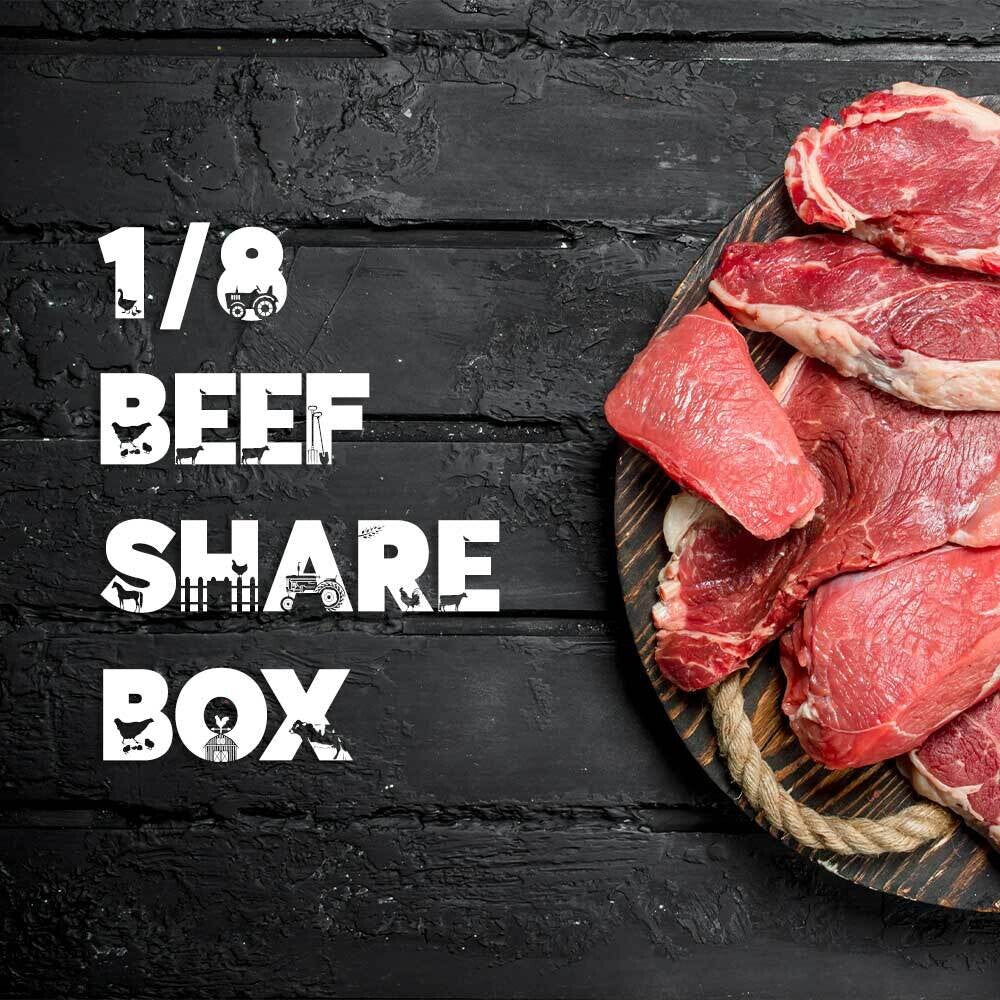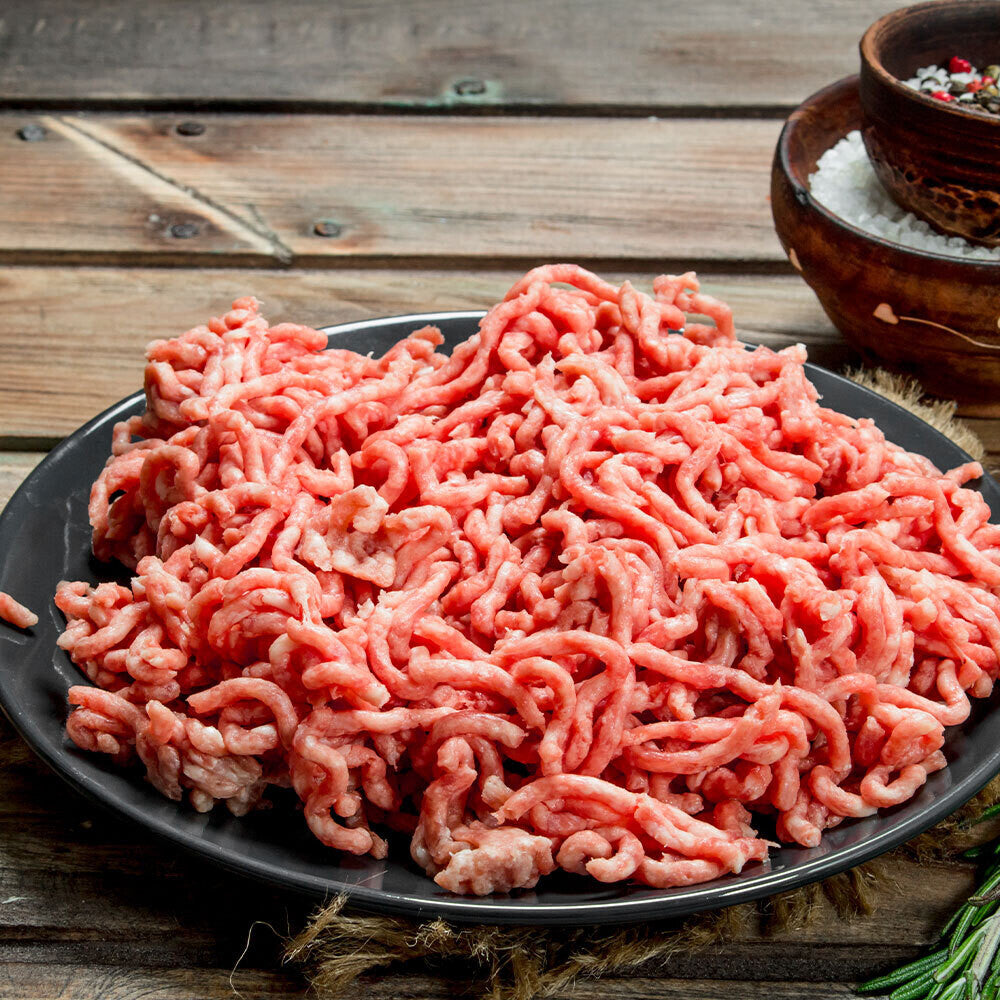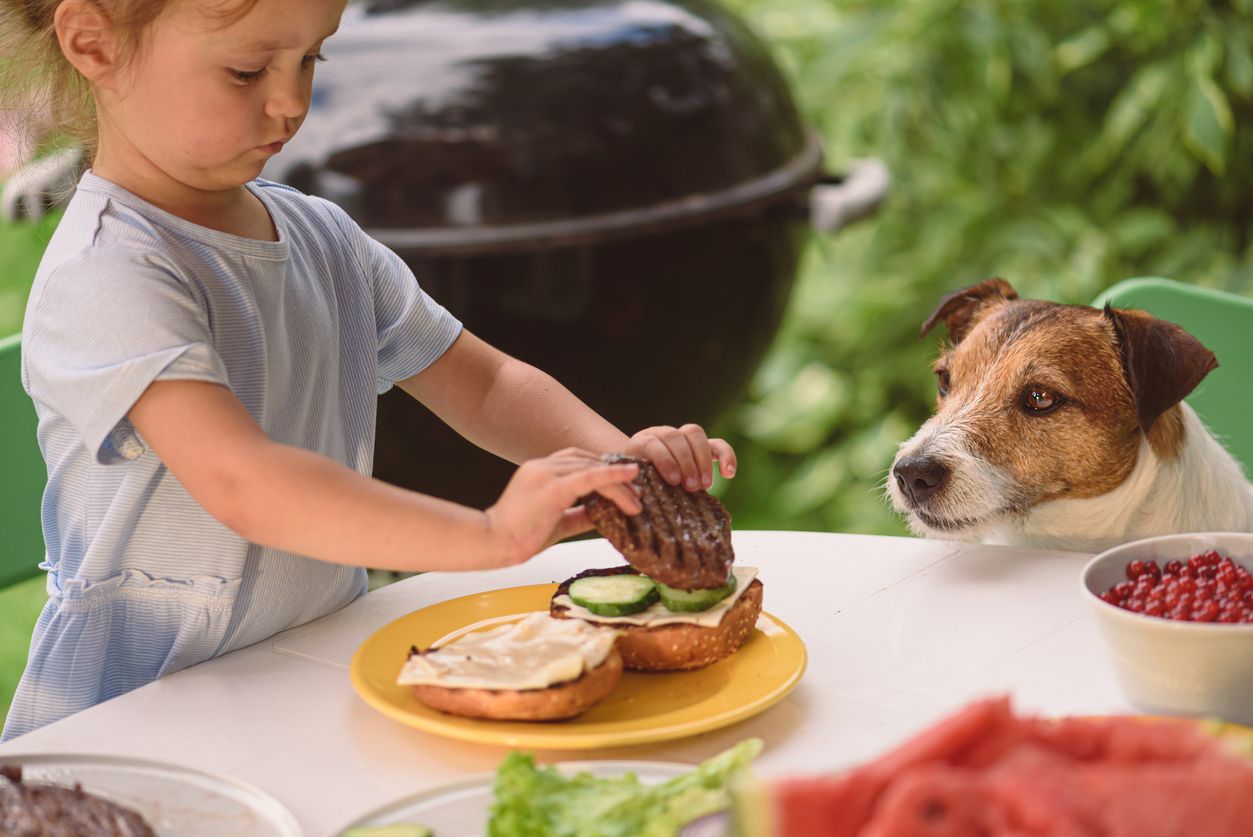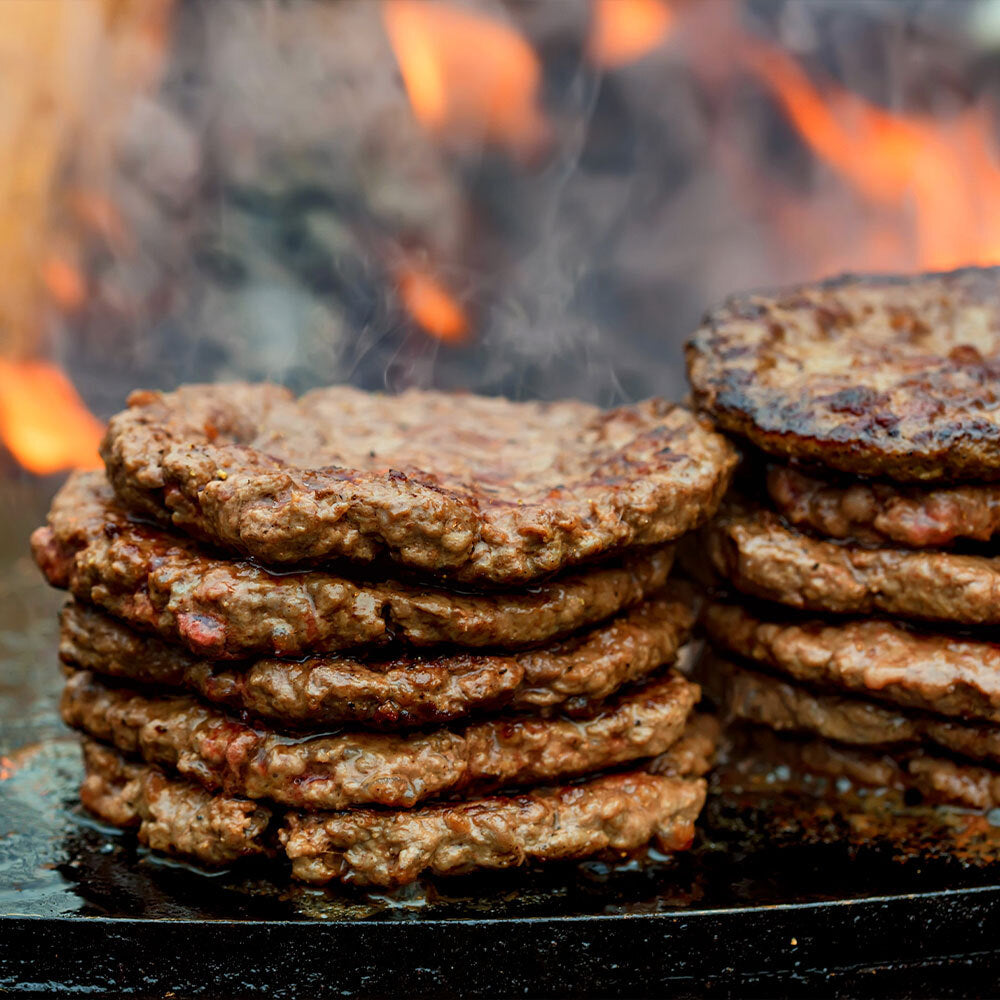
Why Industrial Chicken Will Never Be Safe — and Why Pastured Poultry Is Different
The USDA recently withdrew a proposed rule that would have labeled certain types of Salmonella in raw poultry as “adulterants.” On the surface, that might sound like another technical government debate. But for small farms like ours, it goes to the heart of a much bigger truth: factory chicken isn’t unsafe because of bad luck or poor sanitation. It’s unsafe because of the way it’s raised.
The Real Problem Isn’t the Pathogen — It’s the System
Salmonella is a naturally occurring bacteria. Healthy animals carry it without harm. On a living pasture, that’s not a problem — the soil, sunlight, and biodiversity all play their part in keeping microbes in balance.
Inside industrial chicken houses, though, everything works against that balance. Tens of thousands of birds are confined together, standing on waste-soaked litter, breathing ammonia. The animals’ immune systems are weakened, and the bacteria thrive. The entire system depends on chemical disinfectants and antibiotics to keep outbreaks in check.
That’s why the government keeps trying to regulate the symptoms — tighter testing, new thresholds, more paperwork — instead of addressing the cause.
Pasture Is the Control
On our farm, our chickens are never confined. They’re moved to fresh pasture every single day. Sunlight and air dry the ground and kill bacteria naturally. The soil microbiome breaks down manure instead of allowing it to accumulate.
When birds are raised this way, they stay healthy. Their immune systems are strong because they’re eating a natural diet and living on living ground. There’s no need for chemical disinfectants, antibiotics, or constant testing to compensate for unnatural conditions.
The result isn’t a “zero-risk” product — no real food ever is — but it is a fundamentally safer system. When nature’s checks and balances are intact, pathogens don’t get the same opportunity to multiply and spread.
Why Regulation Keeps Missing the Point
When FSIS tried to classify Salmonella as an adulterant, it was an attempt to manage risk in an industrial model that will always be risky. That’s why rules like this keep coming and going — they’re trying to fix a problem that starts on the farm, not in the plant.
For small farms and local processors, those same rules can become impossible to meet, even though our practices already prevent the underlying issue. That’s part of why so many of us spoke up during the public comment period.
The Safer Way Forward
True food safety doesn’t come from a lab report or a disinfectant spray. It comes from healthy animals, raised in clean, natural environments. Our system is designed around that idea.
We believe in transparency — you can see our chickens outside, on real pasture, every day of their lives. We don’t rely on technology or chemicals to make food safe. We rely on nature, good management, and common sense.
Closing Thought
Factory chicken is inherently unsafe because it fights nature at every turn. Pastured chicken works with nature. That’s the difference.
If regulators want to make food safer, they should start by asking where the birds live, not just what’s on the swab.
